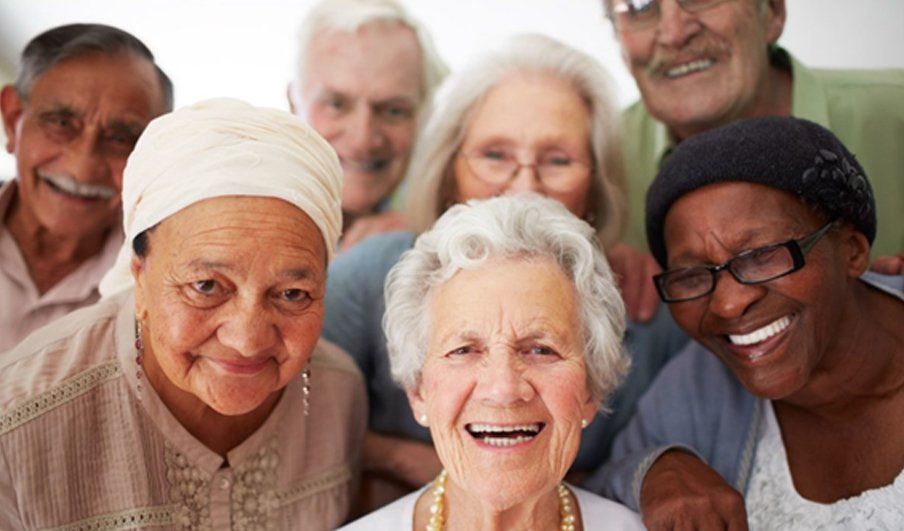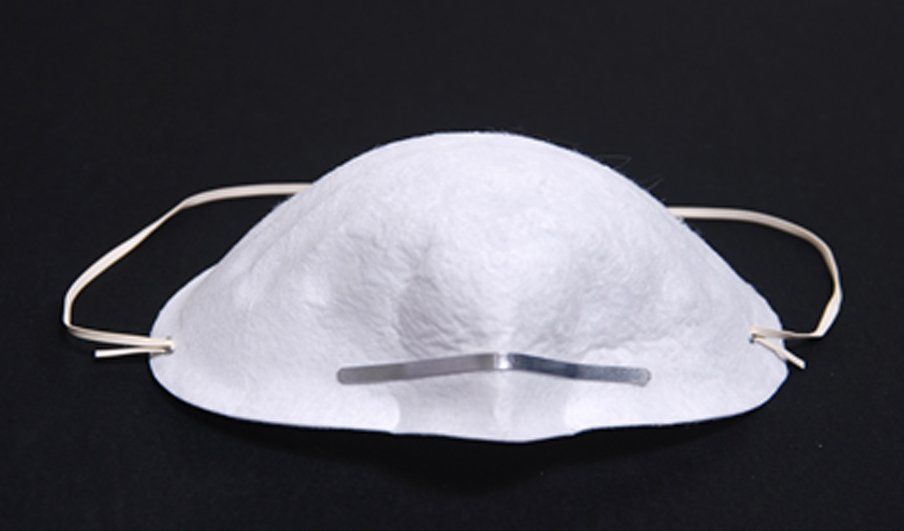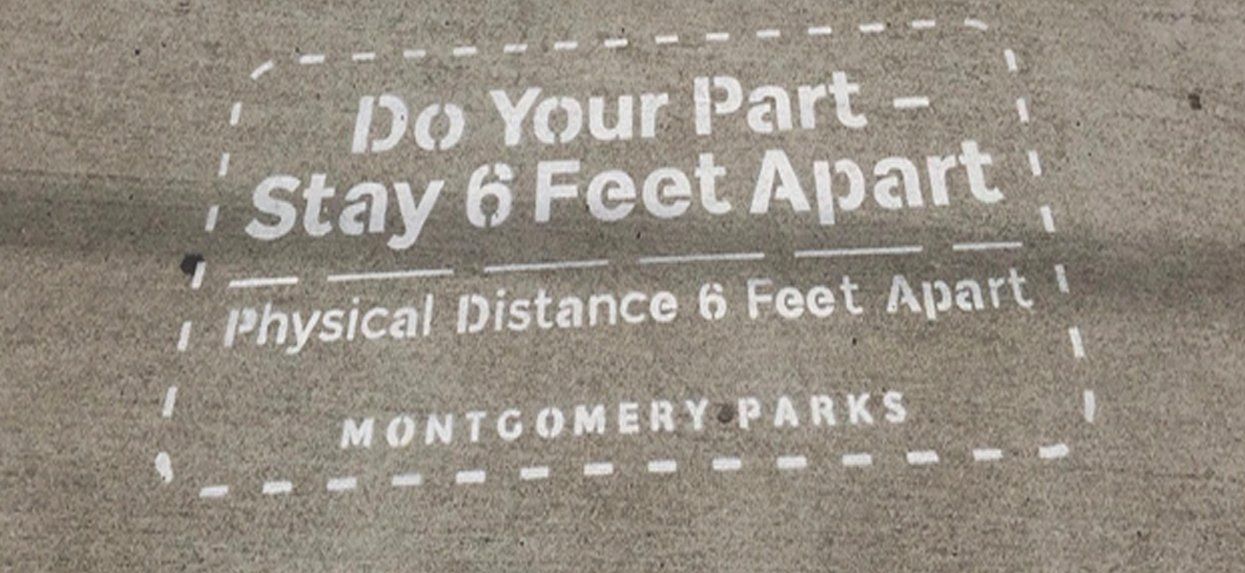Living My Best Life at 75

In 1991, at the age of 31, I was diagnosed with “ Graves’ Disease”, an overactive , auto-immune thyroid disease. My symptoms were bulging eyes, white patches on the upper eye lids and a goiter. These symptoms were compounded by constant fatigue, weakness in my legs, and stress of college, single partnering, bad diet, and owning a business. After reading this statement, you may say to yourself, “at what point did she know she was on a downward spiral due to lack of self-care?” My options were to have my thyroid removed, look forward to a lifetime of serious medications or radioactive iodine. My alternative was making immediate changes in my lifestyle, diet, and medication. This was a wakeup call for me to start my journey on the path to a healthy well-lived life. My doctor, who practices traditional medicine and homeopathic /naturopathic medicine, told me, “I can give you the medicine that will manage this disease, but lifestyle changes of healthy eating, practicing mindfulness, with exercise and adopting self-care must be part of your health care maintenance going forward.”
HELLO! Now, I am thinking, how do I make this happen? First step, no surgery, take option 2, start the medication, and adopt the Mediterranean , anti-inflammatory diet. I started with more home cooked meals, no red meats, and no processed foods. I zeroed in on fish for protein, low sodium foods, whole grains (oats, barley, brown rice), vegetables, legumes (small beans, lentil, navy) and fruits. Next on the list were nuts (#1 almonds), seeds ( pumpkins, sunflower), herbs, pieces, and mushrooms. To round out my new eating approach I switched to healthy fats such as olive oil, avoided sugar, limited cheese intake to sheep cheese rather than cow cheese.
An interesting item, did you know that spinach is considered the #1 healthiest food in the world because it’s packed with energy, low in calories, and provides Vitamin A, K, and essential folate? Oats are also among the healthiest whole grain you can eat. Packed with vitamins, minerals, fiber, rich in antioxidants, and naturally gluten-free. Living a healthy lifestyle can help prevent and manage chronic diseases and long-term illnesses. Feeling good about yourself and taking care of your health are important for your self-esteem and self-image. Our well-being directly affects our actions and emotions. With making good food choices, walking 3-5 miles with 20 minutes of light weights per day, while learning to exhale, breath plus the medication, now at the age of 75, I am living my best life.
Must Read Newsletter
Sign up for news and events
Newsletter
Most Popular





